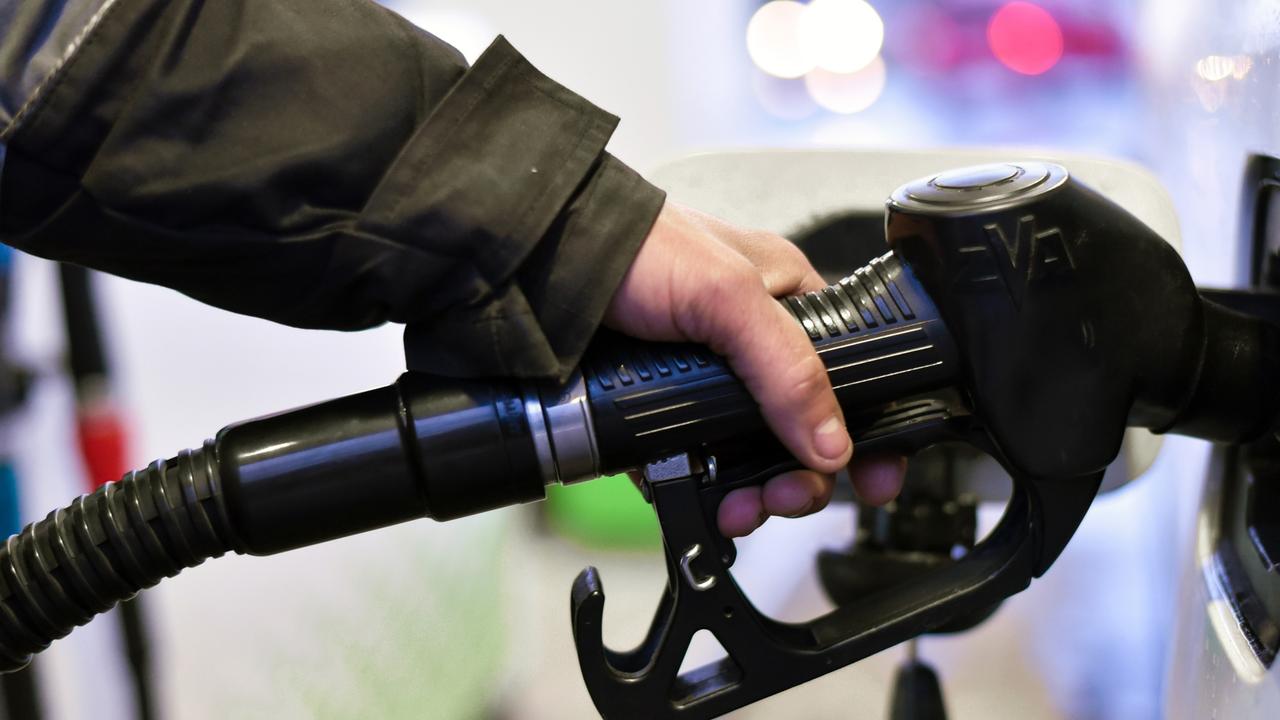Subdued inflation rise in March quarter, CPI to stay below RBA target band ‘until 2023’ after June quarter ‘blip’
Prices rose modestly in the first three months of the year, most significantly at the fuel pump, but a temporary ‘blip’ is now expected.
The nation’s main measure of inflation rose modestly in the March quarter, the latest figures from the Australian Bureau of Statistics show, and is expected to remain below the central bank’s target band for some time.
The consumer price index (CPI) lifted by just 0.6 per cent over the three-month period, while in the year to March, it rose by 1.1 per cent, lower than consensus expectations of 1.4 per cent.
ABS head of price statistics Michelle Marquardt said an 8.7 per cent rise in fuel prices plus increases in the use of medical treatment and pharmaceuticals spurred the growth in the leading inflation indicator.
“Higher fuel prices, compared with the low prices seen in 2020, accounted for much of the rise in the March quarter CPI,” she said.
A 7.3 per cent rise in prices for accessories reflected high consumer confidence and demand for discretionary items such as jewellery.
The price of new dwellings inched 0.1 per cent lower, while the cost of tertiary education dipped 1.7 per cent.

Ms Marquardt attributed the dip in new dwellings prices to the tapering of government stimulus packages such as the HomeBuilder scheme.
“Without the offset from these grants, the price of new dwellings would have risen, reflecting increases in materials and labour prices in response to strong demand,” she said.
The most significant price fall was furniture, down 3 per cent.
CommSec chief economist Craig James noted it had been more than five years since annual underlying inflation had been in the Reserve Bank of Australia’s 2-3 per cent target zone and remained still well short of the goal, with “just a modest lift” in prices in the March quarter.
“The economy is recovering much quicker than initially expected and that could mean higher-than-expected price increases and a tighter job market,” Mr James said.
“Currently, the main lift in prices is at a producer level – such as record copper and iron ore prices.
“The question is how quickly and how extensive will be the pass-through from higher producer prices to higher consumer prices.
“Bottom line: the Reserve Bank will maintain its resolve and keep the cash rate at record lows until 2024.”

CreditorWatch chief economist Harley Dale said a key question was whether the RBA would inject further monetary stimulus into the Australian economy.
“We need faster inflation, which is ironic given how many years (decades) we spent fighting high inflation,” Mr Dale said.
“Wages growth is key, and we have yet to see signs of a re-emergence of life in that key metric.”
JP Morgan’s Tom Kennedy said it had been a disappointing start to the inflation recovery.
“We still expect the annual rate to spike higher in the June quarter on the back of pandemic-related base effects, but the broad weakness in today’s print suggests domestic price pressures are minimal,” Mr Kennedy said.
“However, this strength is likely to prove fleeting, and we expect the annual rate to move sharply lower.”

BIS Oxford Economics chief economist Sarah Hunter agreed inflation would accelerate sharply in the June quarter – likely above 3 per cent – for reasons including childcare costs, a further rise in average fuel prices, lifts in the cost of some insurance products, and upward pressure on new dwelling costs as a result of commodity and labour shortages in the sector.
“Notwithstanding these one-off factors, core inflation is likely to remain weak for some time,’ Dr Hunter said.
“Wages growth remains subdued, and demand for many services is still recovering to pre-pandemic levels, which will limit any immediate pressures on price.
“We continue to expect inflation to fall back to below 2 per cent after the June quarter blip and remain there until 2023.”



